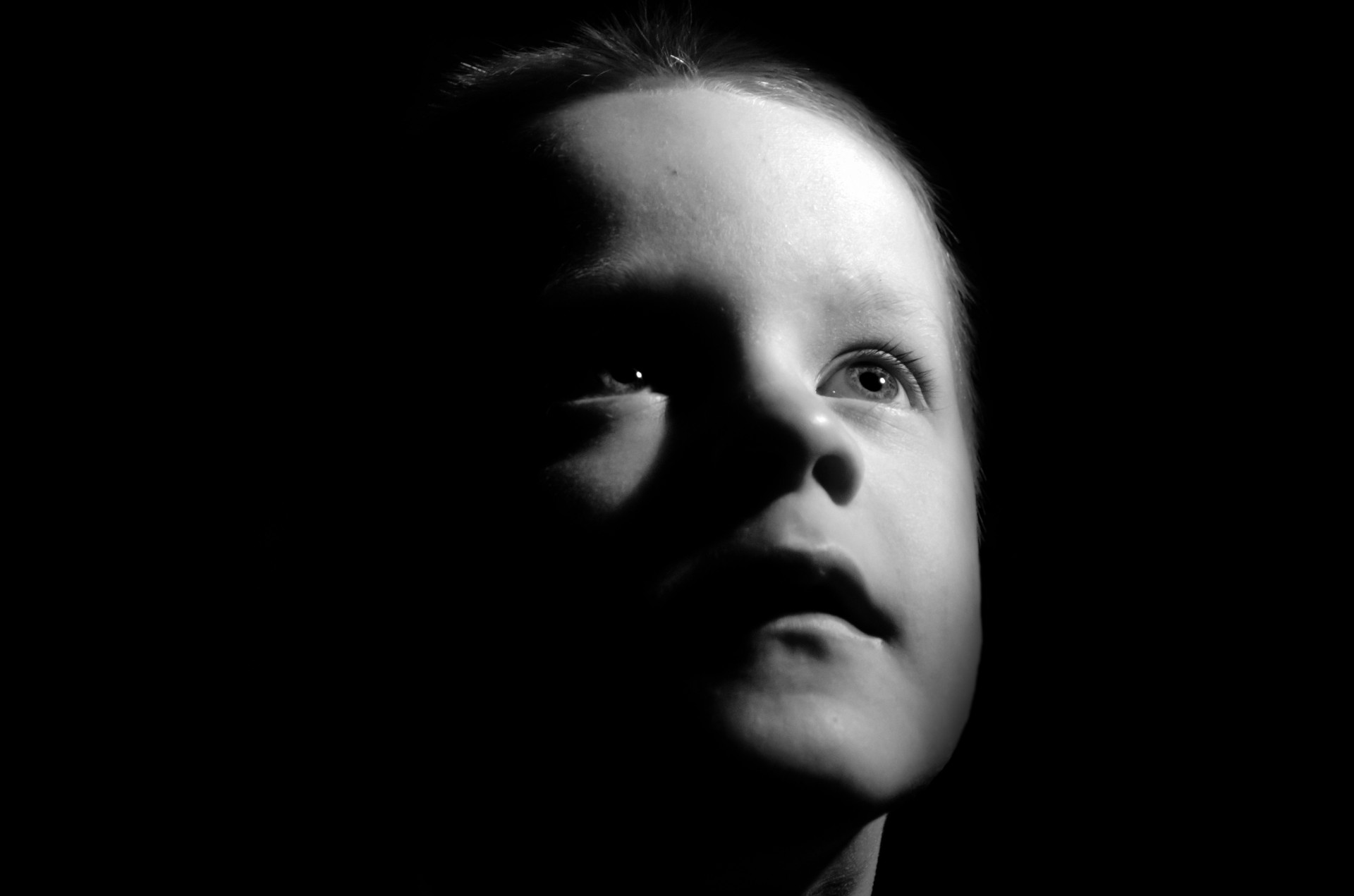
It is very common for young children of all ages to have fears surrounding going to bed and being alone in the dark. As the parent or guardian of young children, you can help set them at ease and teach them that night time is nothing to be afraid of. Whether it is a fear of monsters under the bed or glimpses of mere shadows that look terrifying, your children will need patient coaching to overcome their natural, fearful emotions.
The nature of fear changes depending on your child’s age
For babies, it is primarily the strong bond with their parents or caregivers that leads to fears – in this case, a fear of separation. Even short breaks from people they have grown attached to can lead to a lot of crying. Babies can be reassured if they just hear your voice from a distance, but don’t leave them to simply cry it out as this could make them feel even more anxious.
Toddlers are just starting to develop real feelings like fear and anger, and it is often a fear of these feelings setting in that unnerves them. Elementary school-aged children will have fewer problems with separation anxiety, but their more complex understanding of the world around them brings in a range of new worries. It’s often an awareness – warranted or not – of supernatural beings that scares them the most, but so does the possibility of a burglary or even wars.
What you can do to reassure your children
There are a few steps you can take to make your children feel safer. Never be judgmental or dismissive about their fears; they might not be rational to you, but they are very real to your child. Dismissing and ignoring their fears will only let the problem fester. Instead, do your best to provide reassurance and comfort.
It often helps to find out what exactly it is that scares your child. You might find that there is something in the room that scares them – perhaps an object that looks like it is lurking or casts a curious shadow. If it is something that is completely imaginary, ask your child to check the room with you while the light is still on to show them that there is nothing lurking.
How to make your home a place that feels safe
It might not have occurred to you, but simply adding a carefully selected light in the right position in a room can banish any fears of the dark while still allowing your child to sleep soundly in near darkness. For example, the Night Angel is a light fitting that you may have noticed from as seen on TV products, and it discreetly lights up an area in the room by simply snapping onto an existing wall outlet.
Creaks and squeaks in an old house are other common terrifying culprits as your child wonders whether that scratching noise by the window is a monster trying to come in or simply a tree branch swaying in the wind. Keep your child’s window clear of tree branches, and tie down any loose objects that make noises through the night, such as floorboards or roof tiles.
Practical things to do – and avoid
An empty tummy can often be the cause of your child waking up in the middle of the night, so make sure your child has a small snack before going to bed to help them sleep through the night. Make sure you avoid sugary snacks as these can increase brain activity. Instead, opt for cheeses or dairy snacks along with a warm beverage to set them at ease.
Monsters are a common reason that kids are afraid of the dark, so be careful what media you are watching before bedtime. Don’t watch horror films, even if they are kid-friendly; these films often use dark scenes to induce fear and excitement. Your child won’t be able to separate fiction from reality as quickly as adults do, and what you might consider a walk in the park in the horror film stakes could have a tremendous influence on your child’s ability to fall asleep.
Your input can make all the difference
Children need to learn to navigate the world, and they can benefit enormously from adult input. Irrational fears of the dark are just your child’s way of discovering what the world is about, and you can teach them how to interpret it. However, some small changes in the way your home is arranged can also help, so think from the perspective of your child and you will be on your way to peaceful nights for the entire family!